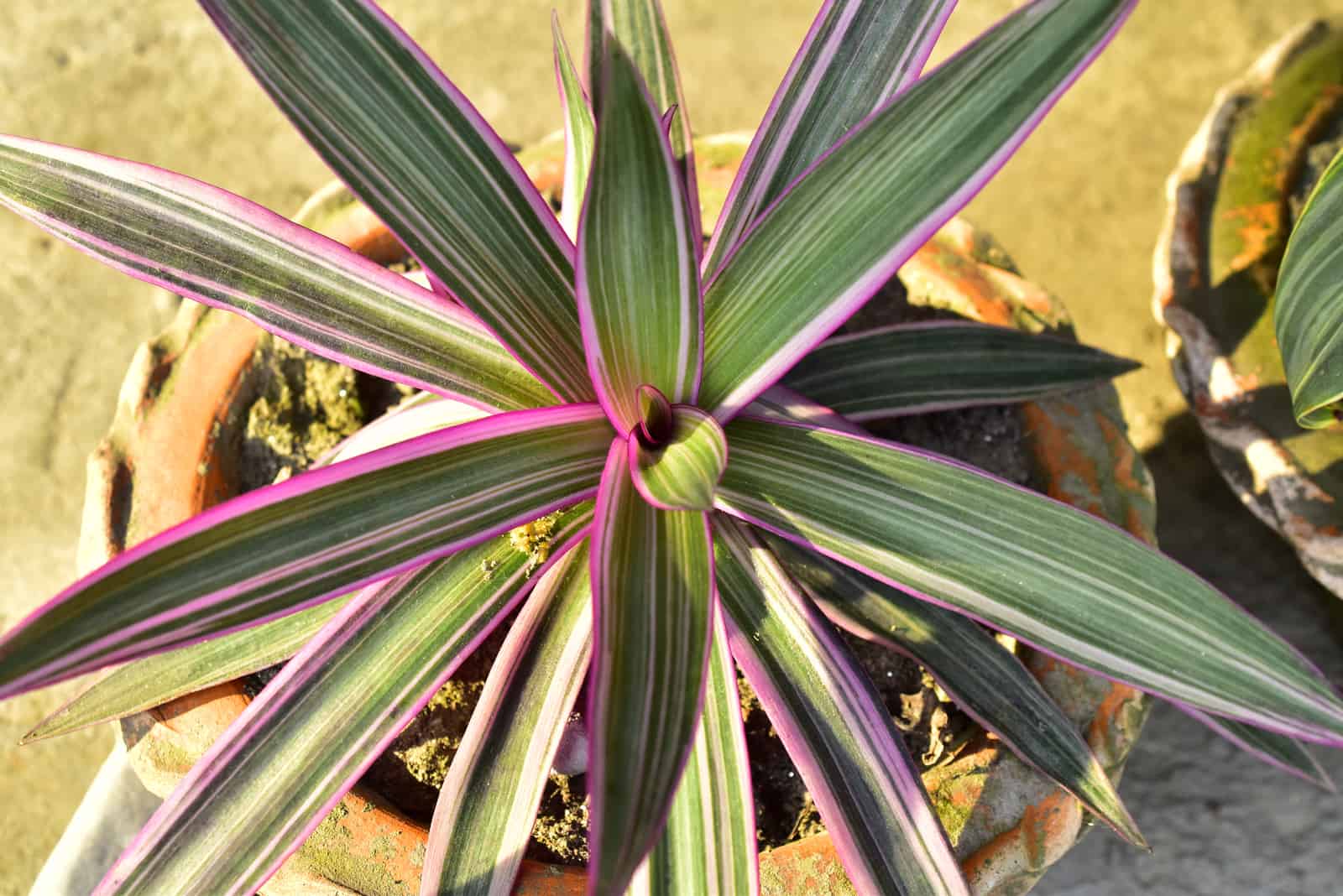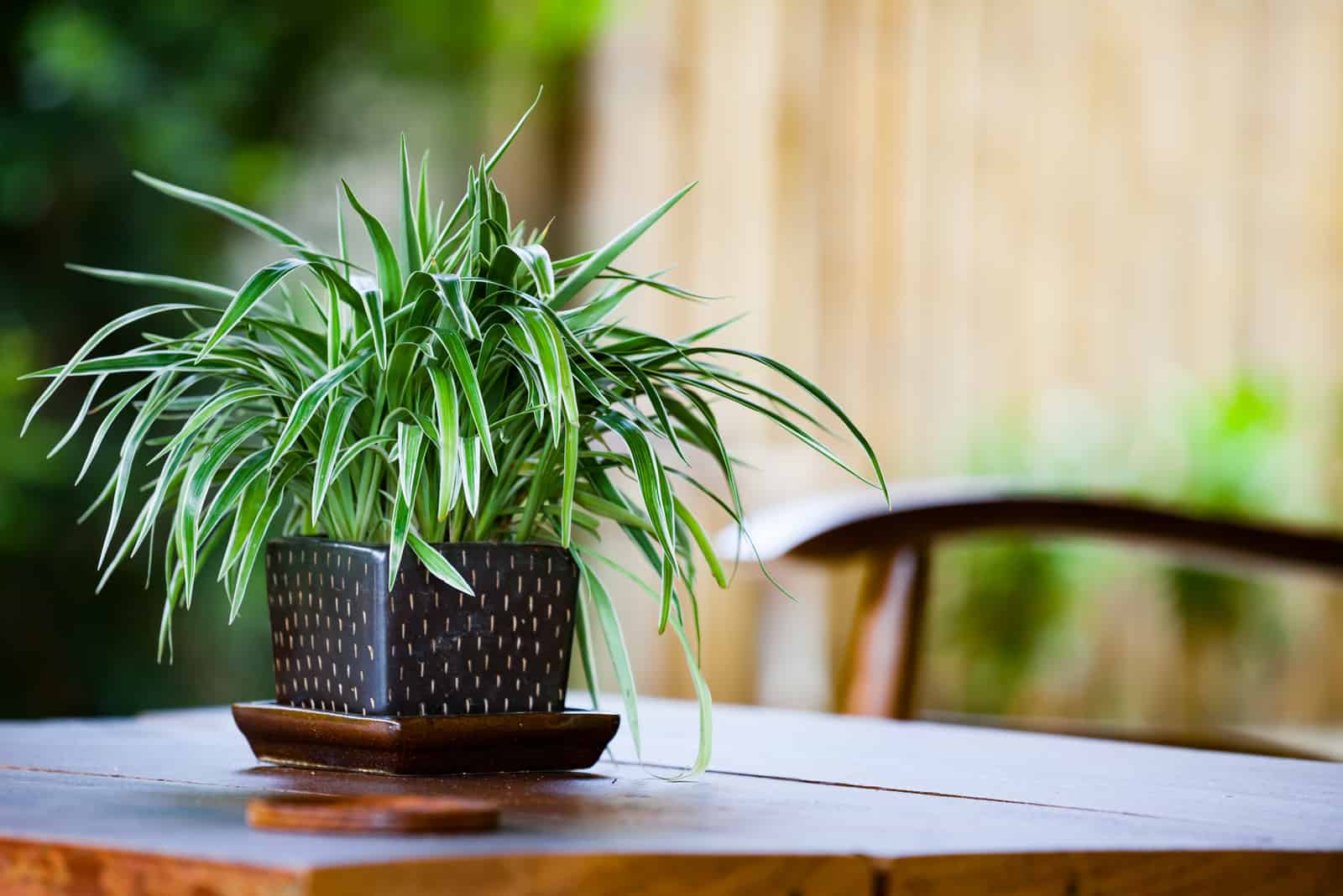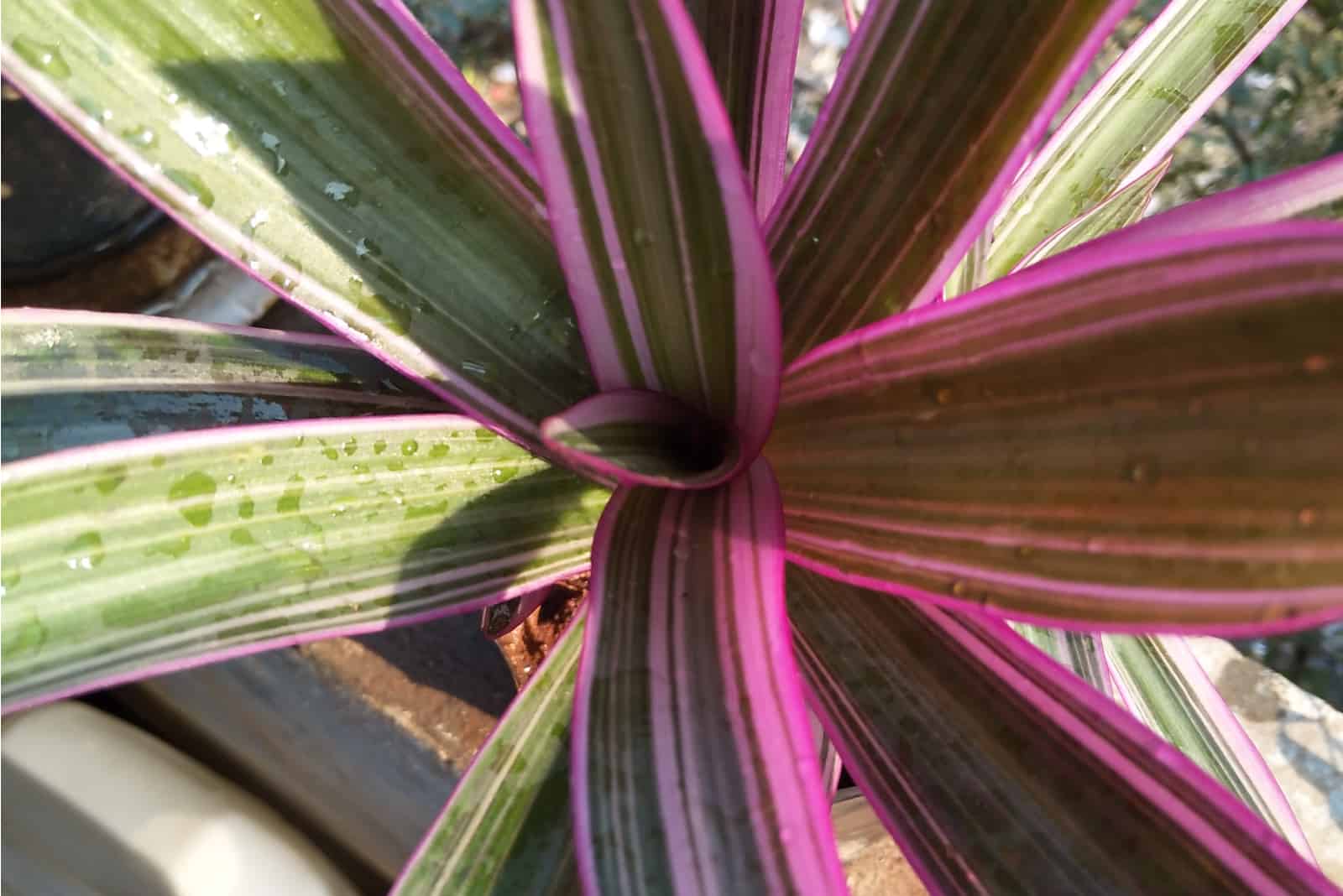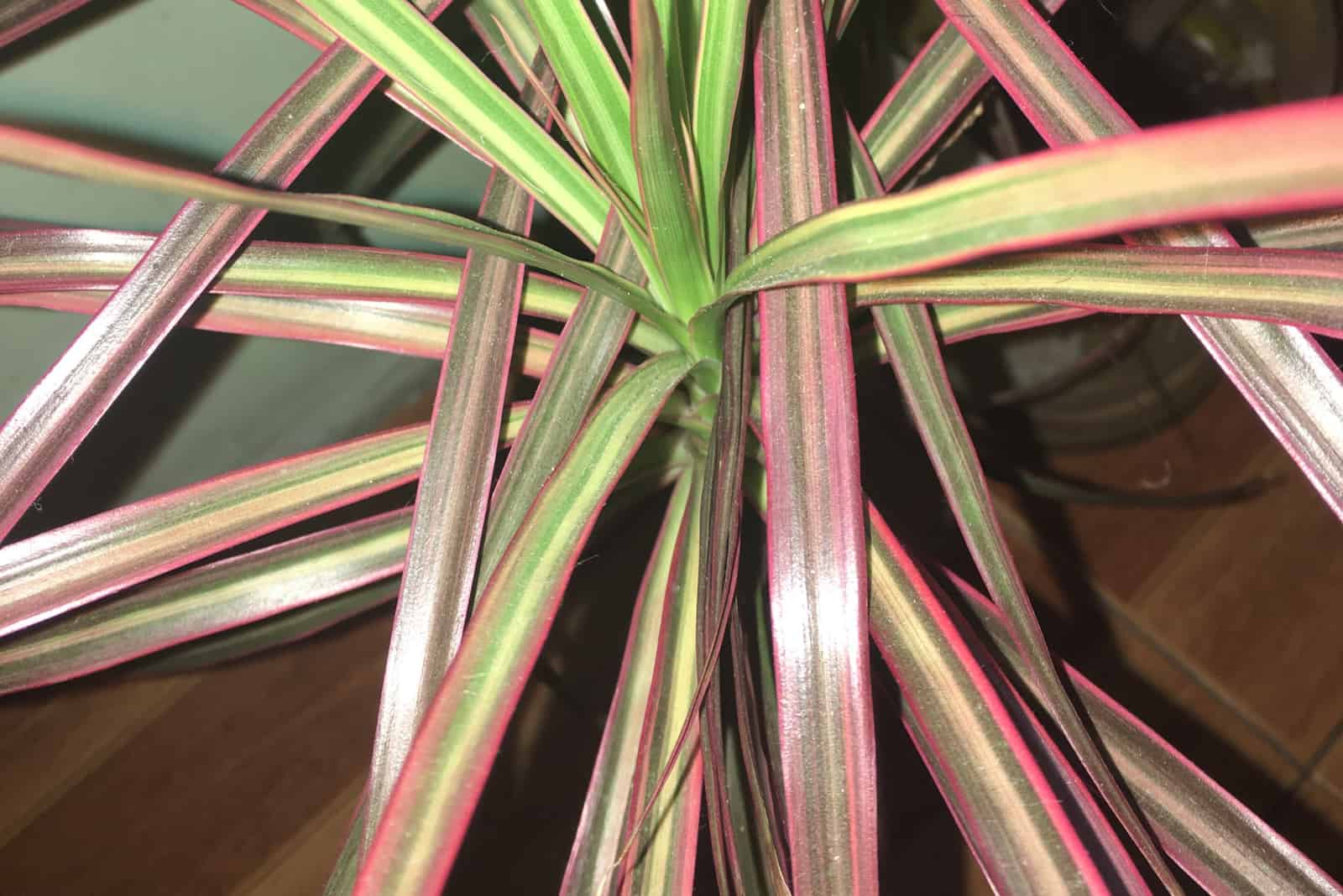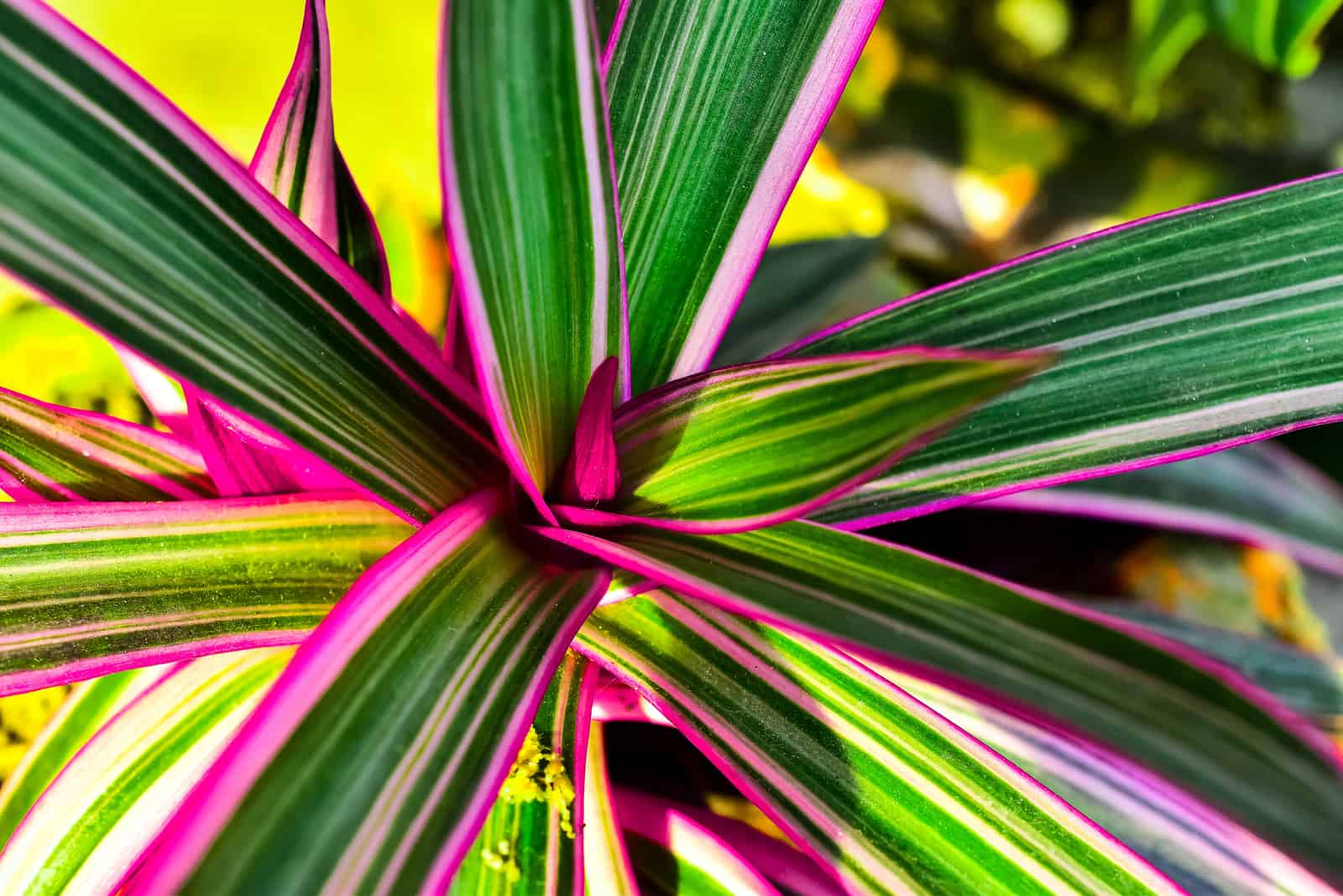Positive Bloom is an Amazon Associate and we earn from qualifying purchases through these links at no extra cost to you.
The Purple spider plant, also known as Violet queen or Cleome hassleriana, is a type of Spider plant that grows quickly and is easy to take care of.
The violet queen produces flowers that smell amazing! Not only do they have a wonderful fragrance, but they also grow in a beautiful, violet color, which makes this houseplant a perfect candidate for decoration.
If you are planning on buying yourself a purple spider queen, read on to discover everything you need to know about taking care of it, and more!
What Is a Spider Plant?
There’s no need to worry about your houseplant being a haven for spiders, this is not how they got their name – they actually got their name due to the small plantlets that grow on their long stems, which look like little spiders.
Its Botanical name is Chlorophytum comosum, and other common names are spider ivy, airplane plant, and ribbon plant.
They originate from the tropical forests of South Africa, and today they are commonly grown as indoor plants.
These low-maintenance and fast-growing plants usually have long, palmate green leaves and small white flowers. They became quite popular after NASA published research which proved that spider plants can actually purify and remove 90% of toxins from the air.
Different types of spider plants
There are almost 200 different varieties of spider plant. It’s quite difficult to distinguish between them all, so they are divided into two classes – variegatum and vittatum.
The main difference between the two are the leaf features.
Variegatum types have leaves with white edges and a solid green center. The most common variegatum type is the Variegated Bonnie Spider plant.
Vittatum plants have much more white stripes that are centered, and leaves with green edges. You might have heard of spider ivy, which is a type of vittatum spider plant.
Is a spider plant poisonous?
They contain chemicals similar to those found in opium. Eating a spider plant can cause hallucinations, but only to pets. So, if your pet starts acting weird, this might be the cause.
Though they are not considered toxic according to The University of Kansas Health System, they still contain chemicals that can cause vomiting, nausea, or diarrhea in humans.
Some might try to get high from this plant, though I don’t think that is such a good idea.
Purple Spider Plant Care Guide
It doesn’t require a lot of work to make your spider plant healthy, which makes it ideal for all the beginner gardeners out there!
Read on to learn about this plant’s requirements for development and growth.
Light
It is well known that these plants can tolerate a lot, however they do not enjoy being in direct sunlight as it can burn their leaves. They thrive in areas with bright, indirect light.
What is the best place to put a spider plant?
As this plant likes bright light, you can put it on a window that doesn’t get much direct sunlight.
Another good place to put your plant is in a hanging basket near a window – it looks so cool as a hanging plant with its variegated leaves falling from the pot.
Check out these cost-effective spider plant rope holders for Boho home decor, they are great hanging baskets alternatives.
Soil
They thrive in well-draining and slightly moist soil. Avoid having wet soil for too long as this can lead to root rot. Chalk, sand, and loam are the best types of potting soil for your purple spider plant. If you just bought a new plant, you can use succulent soil mix as well.
Temperature
Although they originate from Southern Africa, they prefer cooler temperatures between 13 and 18 Celsius degrees. This makes them perfect for growing indoors, although they can also be grown outdoors in this temperature range.
So, if you live somewhere with a hot climate and high humidity levels, you might want to put your purple spider plant inside.
Watering
When it comes to watering, this plant is quite picky. You should avoid using tap water as the fluoride present in it can accumulate in the soil and cause the leaf tips to turn brown. I would suggest using distilled water instead.
The best way is to let the water flow through drainage holes, and then pour out excess water. However, spider plants are one of the indoor plants that don’t need drainage holes when compared to many different houseplants that require them for excess water removal.
Repotting
Our Violet queen doesn’t have to be repotted often because it usually grows through its plantlets and leaves. However, if you notice roots coming out of the soil or extending beyond the pot’s rim, then you should repot your plant as soon as possible.
It is recommended to do repotting during spring. You can also follow this video about repotting and proper care guide.
Propagation
If you are a newbie gardener who doesn’t have much experience with propagation, don’t worry! The spider plants are the easiest to propagate.
All you have to do is look for plantlets, which look just like a mini version of your purple spider plant. Remove the plantlets from the mother plant, and put them in a pre-prepared pot full of potting soil.
Take care of your new baby plant by keeping it in partial to full sun, and water it weekly. Soon, you will see new spider flowers and leaves begin to grow!
Common Problems
Even though this plant is known for being hardy, you still might have to deal with some problems such as the plant looking limp, the leaves changing color, or pest infestation.
Leaves changing color
Leaves change color with almost all plants. They represent the overall health of the plant, so if they change colors it’s usually a sign that there is some sort of an issue with your plant.
1. Leaf tips turning brown
This is a common issue when it comes to spider plants, but don’t panic because it can be easily remedied.
You should pay more attention to the type of water you are using, as this can happen due to the presence of chlorine in some types of water. Use distilled water instead.
It’s also important to think about the place you put your new plant. Does it get too much direct sunlight? Is it not humid enough?
If so, you might want to consider putting your plant elsewhere as they prefer humidity and indirect light.
2. Leaves turning black
Black leaves are a sign of root rot, which is usually a result of overwatering. You can fix this by not watering your purple plant so much, as well as using fast-draining soil.
3. Leaves turning yellow
Leaves can turn yellow if your plant does not get enough sunlight. The white stripes on the leaves may even completely disappear! If this happens to your plant, just put it in a place with enough bright light.
Plant looking limp
If your Violet queen looks like it is going through some tough times, and the leaves are wilting and the overall plant looks gloom and limp, there could be several reasons.
You are probably overwatering your purple spider plant, or it isn’t getting enough sunlight. Just stop watering it so much, put it somewhere with enough light, and your plant will look happy and lively again in no time!
Pest infestations
Your spider plant might be suffering from certain pests like mealybugs, whiteflies, and spider mites. Misting them every now and then can help prevent these pests from invading the plant.
If this issue worsens over time, you can use insecticides to eliminate them.
Final Thoughts
If you want your home to look and smell nice, then the purple spider plant is the right choice for you. With its magnificent purple flowers and variegated leaves, this plant will look wonderful hanging from a basket.
It is a great plant for new plant lovers as it is easy to take care of and simple to propagate.
Just keep the soil dry, avoid overwatering, and place it somewhere cool and bright, and your Violet queen will love living in your home!
Until next time!
Like this post? Share or pin it for later!

